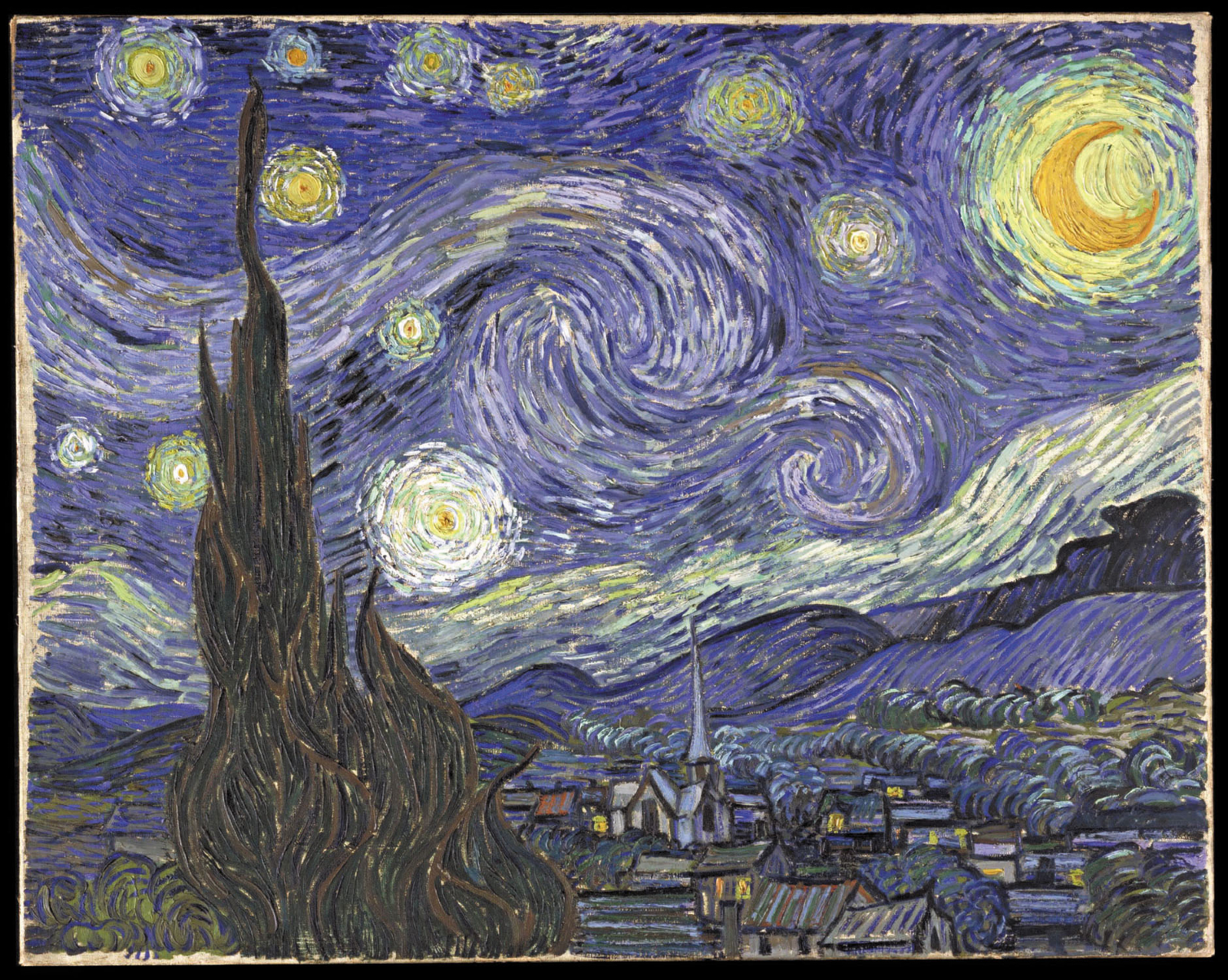Is art subjective?
Is art subjective? There’s plenty of arguments in both directions. In fact, there are entire research papers that delve into the question (we’ve gone down the rabbit hole — see examples here, here, and here). Most will agree that art is a subjective expression, but there are objective (scientific, even) methodologies to assess and critique art pieces. To be frank, however, the vast majority of us laymen don’t have a grasp on this science and will instead decide on an artwork’s value depending on our aesthetic tastes, and whether or not we can find meaning or symbolism that relates to our personal beliefs and experiences in the artwork. Chances are you’ve found yourself staring blankly at a piece of art in a gallery that’s been hailed as a masterpiece and you just … don’t see it.

Exhibit A: Last year, Italian artist Maurizio Cattelan duct-taped a banana (yes, a fresh banana) to a wall at the Art Basel Miami Beach fair, calling the installation “Comedian.” The artwork reportedly drew so many visitors that the fair took it down early, saying the crowds were a safety hazard for other pieces of art at the fair, according to Artnet News. The kicker: The “sculpture” has been priced at USD 150k — and was recently gifted to the Guggenheim Museum in New York City, whose director said it was “a further demonstration of the artist's deft connection to the history of modern art.”
Exhibit B: Less of a tangible piece of art and more of an “experiential” installation, Work No. 227 by Martin Creed is an empty room, with the lights switched on and off every five seconds. “By manipulating the light in the gallery, Work No. 227 encourages visitors to think about the room itself, bringing a space that is usually a backdrop to other artworks into the center stage,” says ArtSpace. The same artist has spurred controversy many a time over whether his pieces qualified as art, including with his Work No. 301 — a crumpled piece of paper.

But there are some types of art out there that are just universally appreciated. One of our favorite examples of this is Vincent Van Gogh’s Starry Night — an instantly recognizable painting and one of Van Gogh’s most famous pieces. Some have suggested that this appreciation is a result of the post-impressionist painter’s use of rich, yet boldly contrasting colors to depict a familiar scene (the night sky). Or maybe it’s just that blue — which is used heavily in this painting — is a widely preferred color among people.
